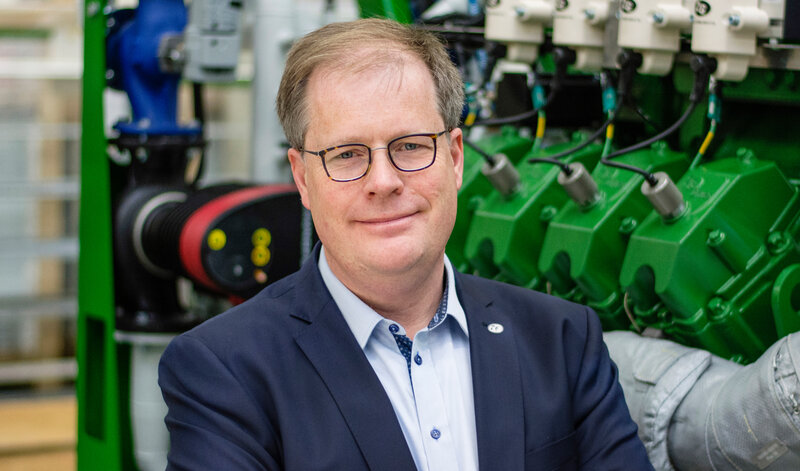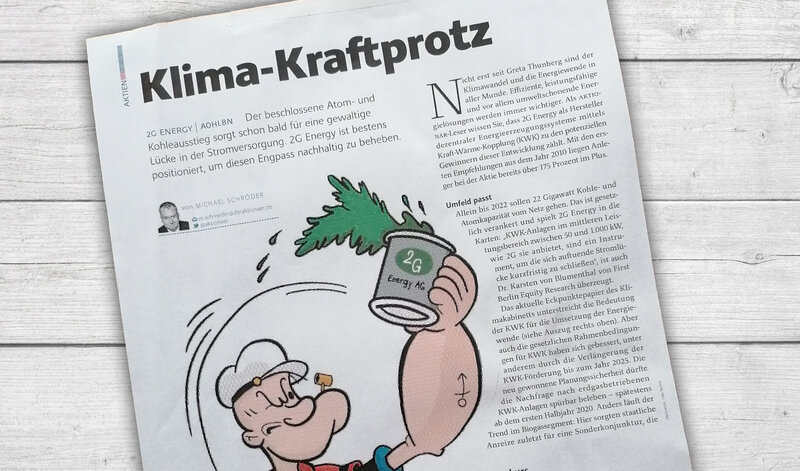Structural catharsis for growth capacity
March 19, 2024

Fundamentally restructured processes, standardized products: Kaizen approach creates sustainably dependable, rule-based structures.
It is a typical story with an unusual twist: A pioneer develops a product, begins to market it, always tailoring it to the customers' wishes and consequently builds a dynamic, agile company that succeeds in quickly and smoothly implementing innovative customer requests. As it grows, founders and employees are - rightfully - proud of the company's lean structures, free of administrative shackles and bloated bureaucracy. Soon, the company experiences first export successes on selected market or thanks to prior customer relationships. A story of success! But with growth, the lines of communication become longer and the solutions to the problems at hand gain complexity. More attractive export markets beyond the own horizon of experience are being developed. Consequently, processes change, and their complexity increases. Then the company reaches the point where the innovations must become backwards compatible. Spart parts can no longer be supplied simply en passant. The amassed machine population on the market demands reliable service planning. Competition is no longer limited to faraway export regions but starts at the own front door.
What's more, it turns out that the direct lines of communication that were so successful before were tailored to the founders and their inner circle. A limited set of rules and regulations offers the specialized workers lots of space, but that also means that they must be committed to filling that space because central management would be overwhelmed by micromanagement.
In other words: The company - although spoiled by success - has no inner structure that could be scaled up and stimulate growth. Often the organizational deficits of founder-centric companies may even stifle growth. These deficits may even cause delivery times to be missed or quality standards of foreign markets to be undershot. Key employees might get tangled up in urgent daily tasks instead of contributing to the speed of innovation as intended.
Stop or change?
In a comparable situation, 2G Energy underwent a structural catharsis. Processes were completely revamped, and products were standardized. The changes were cemented even further with the introduction of the Kaizen approach: the principle of perpetual improvement. After the tumultuous formative years, the realization dawned that heavily personnel-dependent procedures are a natural growth impediment and should therefore be replaced by process-driven procedures independent of personnel.
Early on, 2G launched a product configurator allowing the sales department to offer customized solutions within predetermined parameters. Basing all offers on the parameters of the configurator ensures systematic solutions whose technical viability has already been checked. Simultaneously, we improved the documentation for the resulting sales orders which allowed us to produce reliable bills of material. Building on that, the bills of material were supplemented by information for future service scheduling and predictive maintenance. This, in turn, enables more efficient resource planning.
On another front, added logistical data led to a shift in the assembly organization towards more of a division-of-labor approach. Now, material allocation is planned down to the smallest part and the provision of materials directly to the workstation automatically gives a focus to the employees. Search and travel times as well as wait times for materials were reduced.
Today, all assembly procedures at 2G adhere to the principle of flow production. We switched from expensive production in two-shift to a much smoother single-shift operation.
Reliable data input allowed us to apply industrial principles to our assembly processes leading, for example, to the creation of a separate preassembly process for frequently used groups of components. Today, all assembly procedures at 2G adhere to the principle of flow production. We switched from expensive production in two-shift to a much smoother single-shift operation. The procedures have now become so consistent that every employee has a fixed workstation on the line, and no one gets in the way of another. The result: We were able to increase the output by a significant 16% while reducing our expenses.
The efficiency of individual production steps was boosted considerably by our new digital communications concept implemented using tablets. Via this bidirectional channel of communication with its multitude of interfaces, information that previously had to be printed out, such as flow charts or installation plans, is being exchanged digitally - distributed directly by the specialist department to the production shift supervisor. Feedback and questions also go through the digital channel. Messages about missing parts and construction problems are no longer passed along by shouting across the shop floor but are digitally recorded on the spot and transmitted to the person responsible of finding the solution via a predetermined path.
Additionally, the restructuring allowed us to carefully complement the workforce by recruiting personnel slightly below the specialist level. Within the new structure, a single specialized worker in the traditional sense per station is sufficient to supervise and ensure quality. The sum of the individual measures outlined here enabled us to set up a central production control. It aligns all involved specialist departments chronologically to achieve a fixed production start at which point all constructional details, resource requirements and assignments are set, synchronized and available.
Heating transition!
With the introduction of the Kaizen principle, 2G successfully and sustainably reinforced its own growth capacity by achieving scalability on many process levels. These experiences will enable us to elevate the production of NRGTEQ - a Dutch heat pump manufacturer acquired by 2G in September 2023 - to an industrial scale once it has been set up at our headquarters in Heek. The conditions for this undertaking are quite favorable since the companies' strengths complement each other perfectly.
While the heat pump manufacturer is an expert on compressors and refrigerants, 2G primarily directs the implementation of standardized industrial production lines, brings a proven system control concept and expertise on interfaces as well as project management to the table. Furthermore, about 70% of the components required for industrial heat pumps like pipes, valves, pumps, heat exchangers and containers are identical to CHP components. Thanks to this circumstance, we obtain significant economies of scale in the departments of purchasing and logistics.
The durable rule-based structures created by the introduction of the Kaizen principle facilitate the swift integration of the new heat pump product line. Thanks to our demonstrably growth-compatible processes in distribution, logistics, production planning, production and installation, we will be able to realize the integration without costly friction losses It would be fair to assume that any products related to energy transition that we may launch in the future will fare similarly.
On this basis, other resources become available. Resources that we can use, for example, to expand our heat pump portfolio. Our aim is to serve the market for heat pumps with a thermal output range from 1 to 1.5 MW as soon as possible. Heat pumps are an ideal addition to the 2G product portfolio. They allow us to offer economically competitive solutions for the energy transition with an attractive earnings profile - as individual solutions to start, but also increasingly as the "Green Cube". The Green Cube combines cogeneration system and heat pump to form the centerpiece of extremely flexible, secure and eco-friendly energy supply solutions for municipalities, the housing sector and industries.
The German market - as well as those of other G7 nations - thirsts for such solutions, especially against the backdrop of municipal heating concepts becoming a requirement. 2G is in an excellent position to supply these markets with products that appear highly customizable to outsiders but are actually rather standardized.

